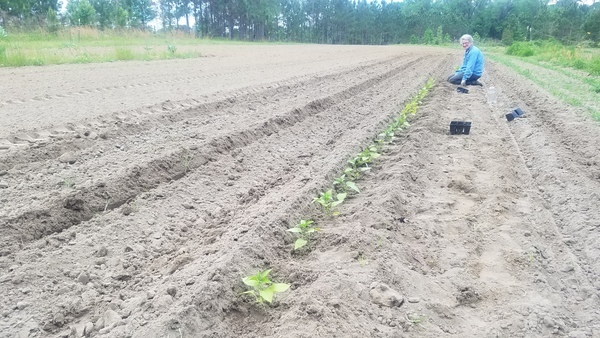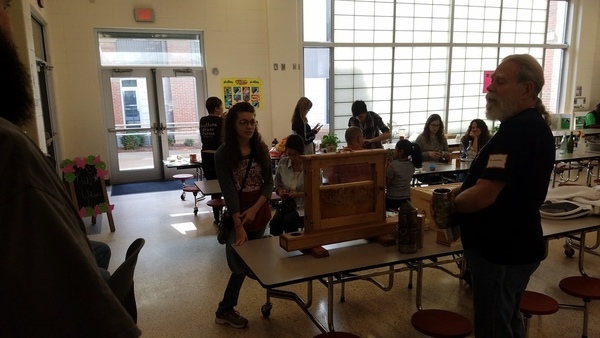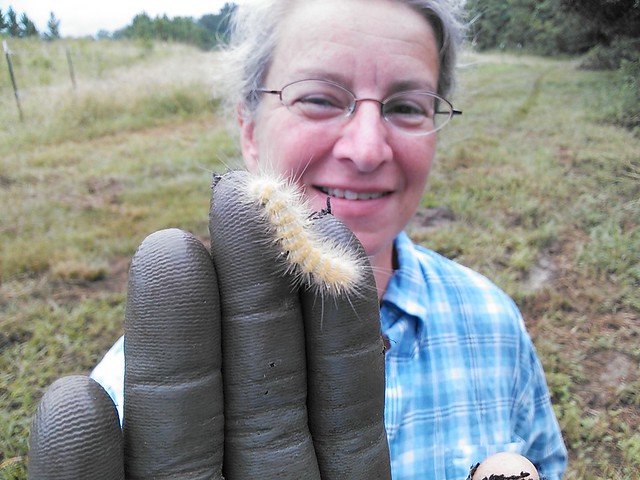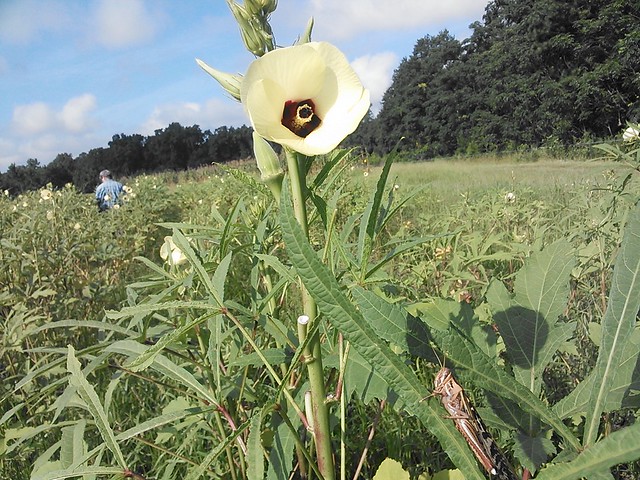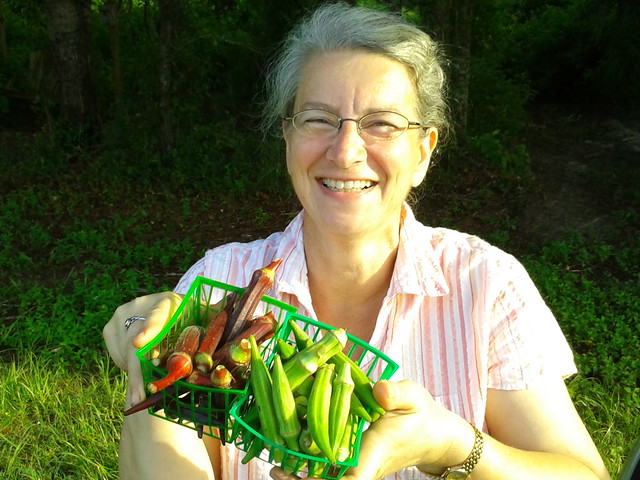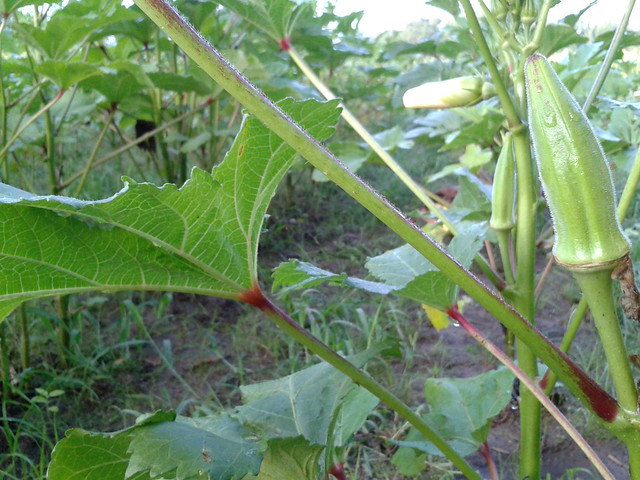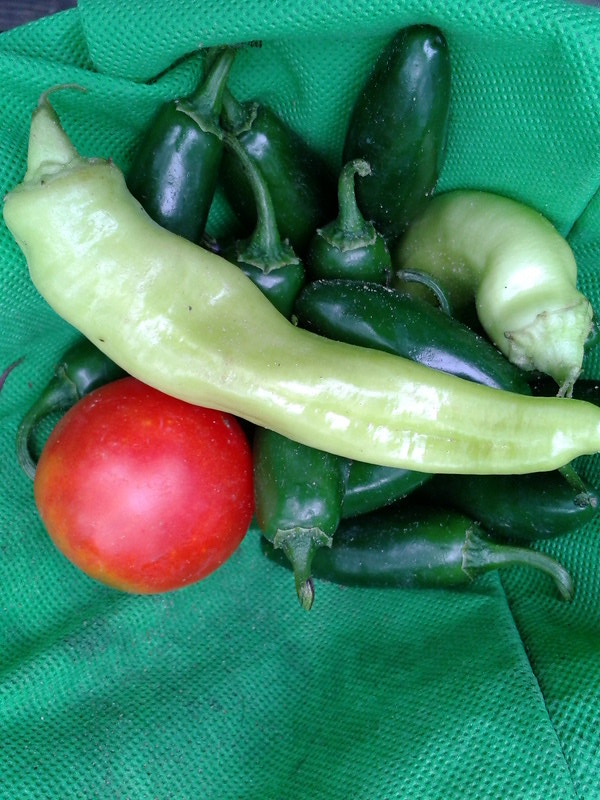We planted a garden yesterday: peppers, tomatoes, eggplants, cucumbers, and okra.
Tag Archives: garden
Bees and Wildlife Gardens –Student Track @ SOGALO17 2017-01-21
The students like the bees.
South Georgia Growing Local is inside a new venue with cooking facilities!
When: 9AM-4:30 PM, Saturday, January 21st 2017 today, right now!
Where: Continue reading
I Stand For What I Stand On: Permaculture for a Better Tomorrow –Benjamin & Jennifer Vieth @ SOGALO16 2016-02-06
Layered gardens as ecosystems that have persistent community and environmental benefits: permaculture.
Description: We will be discussing how permaculture practices with an emphasis on land stewardship and building communities.
Who should attend: Anyone interested in community gardens, permaculture, and environmental philosophy.
“Benjamin Vieth has a BA in Continue reading
Fuzzy caterpillar
Caterpillar, okra, and flower
Okra in the basket with Gretchen
The next Valdosta Farm Days is 17 August 2013:
Our okra is available at Carter’s, and we’ve been known to deliver. Purple and green okra:
Continue readingOkra in the morning dew
Okra and pumpkin
Filthy Yellow Dog is not amused
Nope, Yellow Dog was not impressed by a shopping bag full of lunch from the garden.
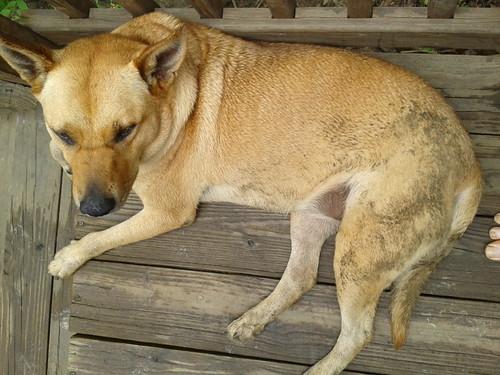
Picture by John S. Quarterman for Okra Paradise Farms, Lowndes
County, Georgia, 2013-07-03.
-jsq
